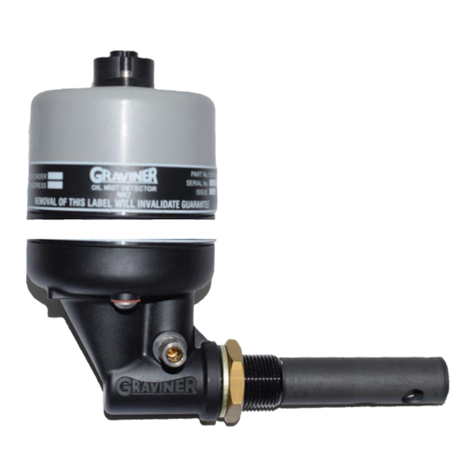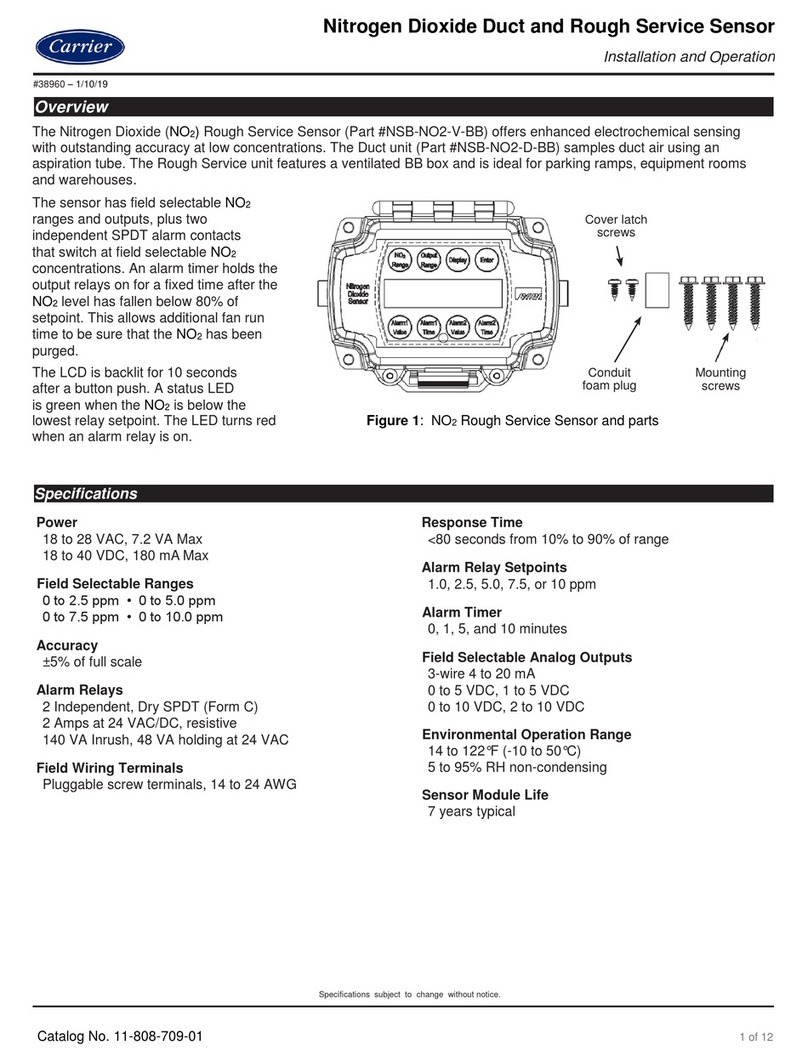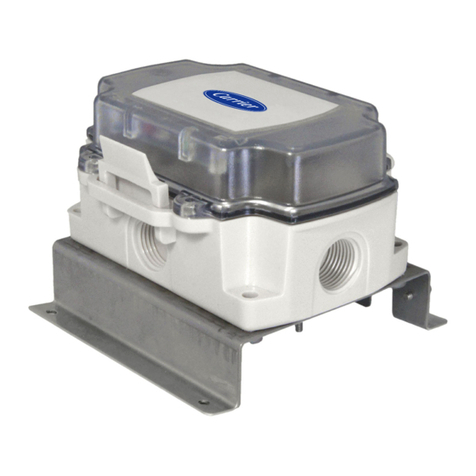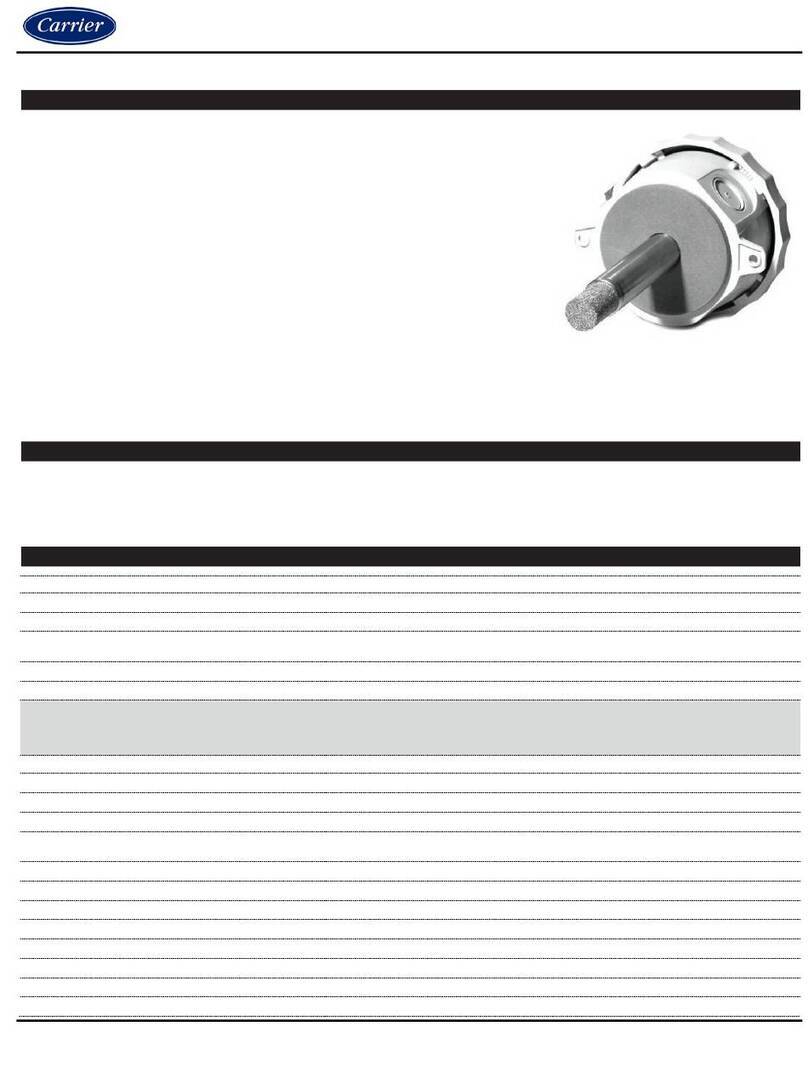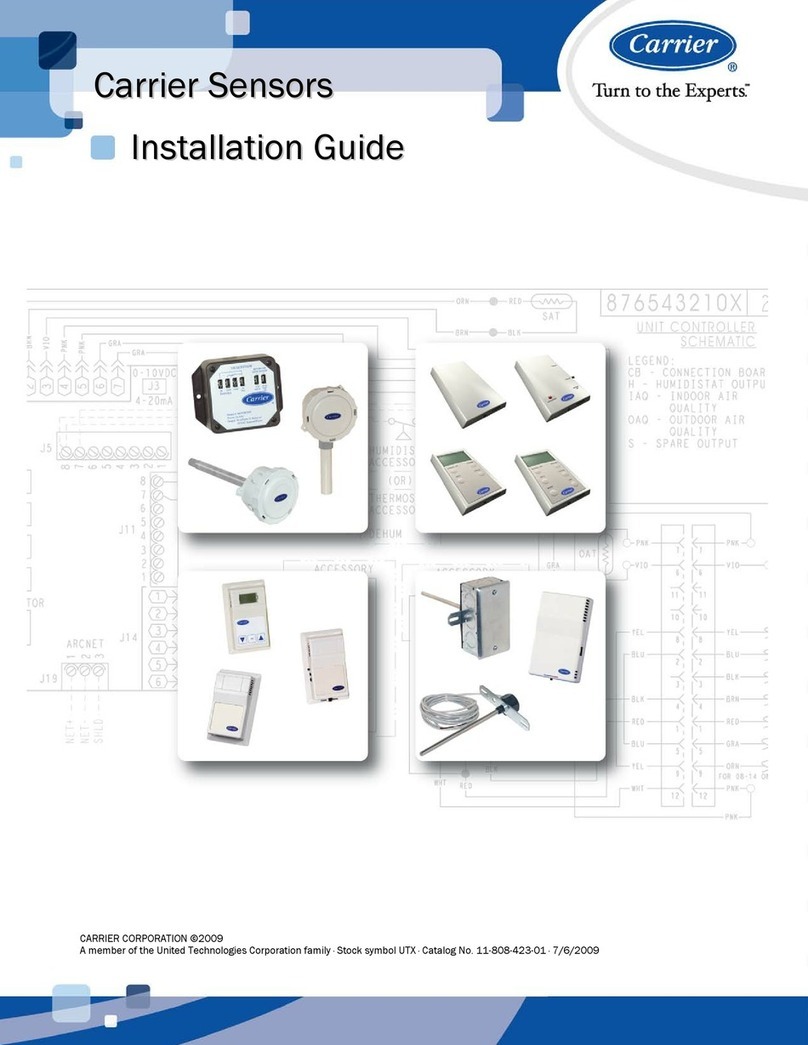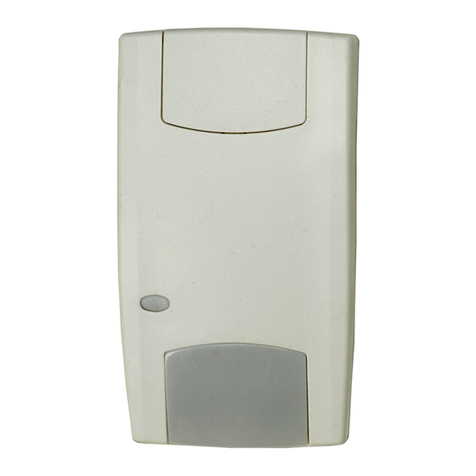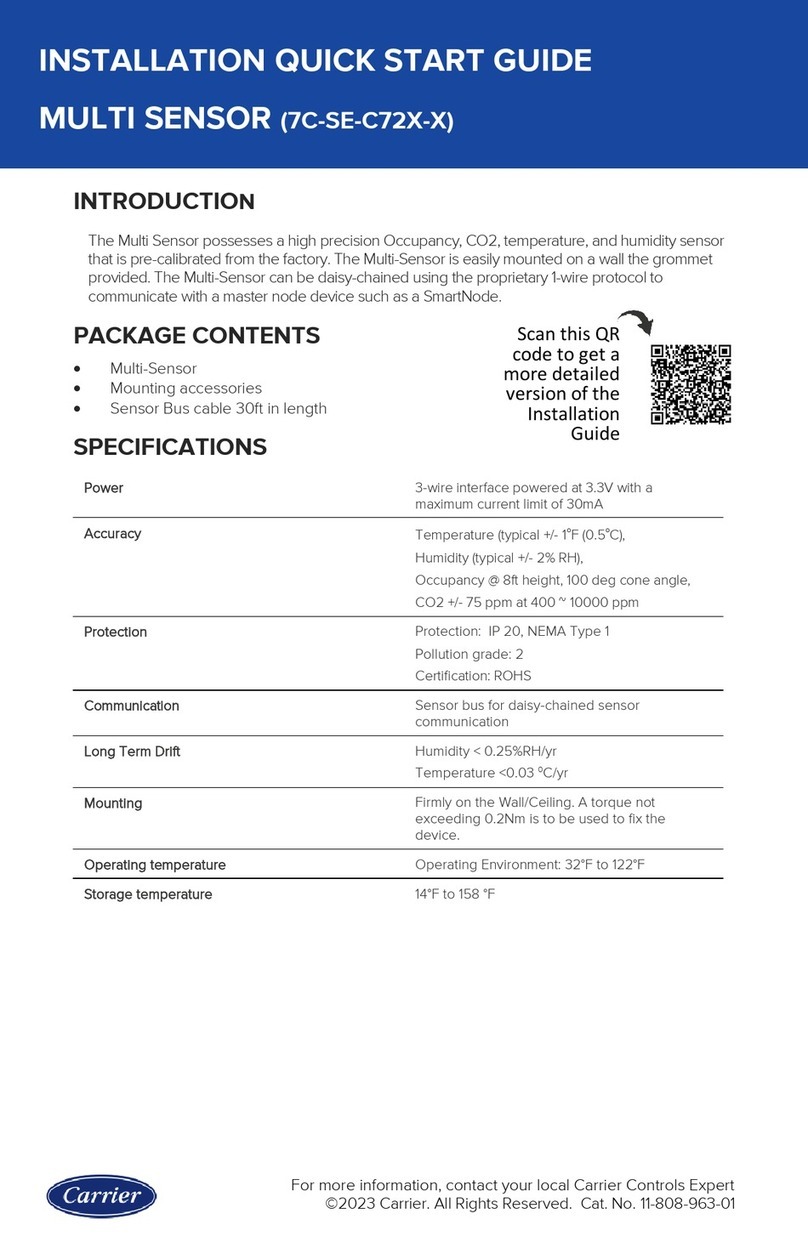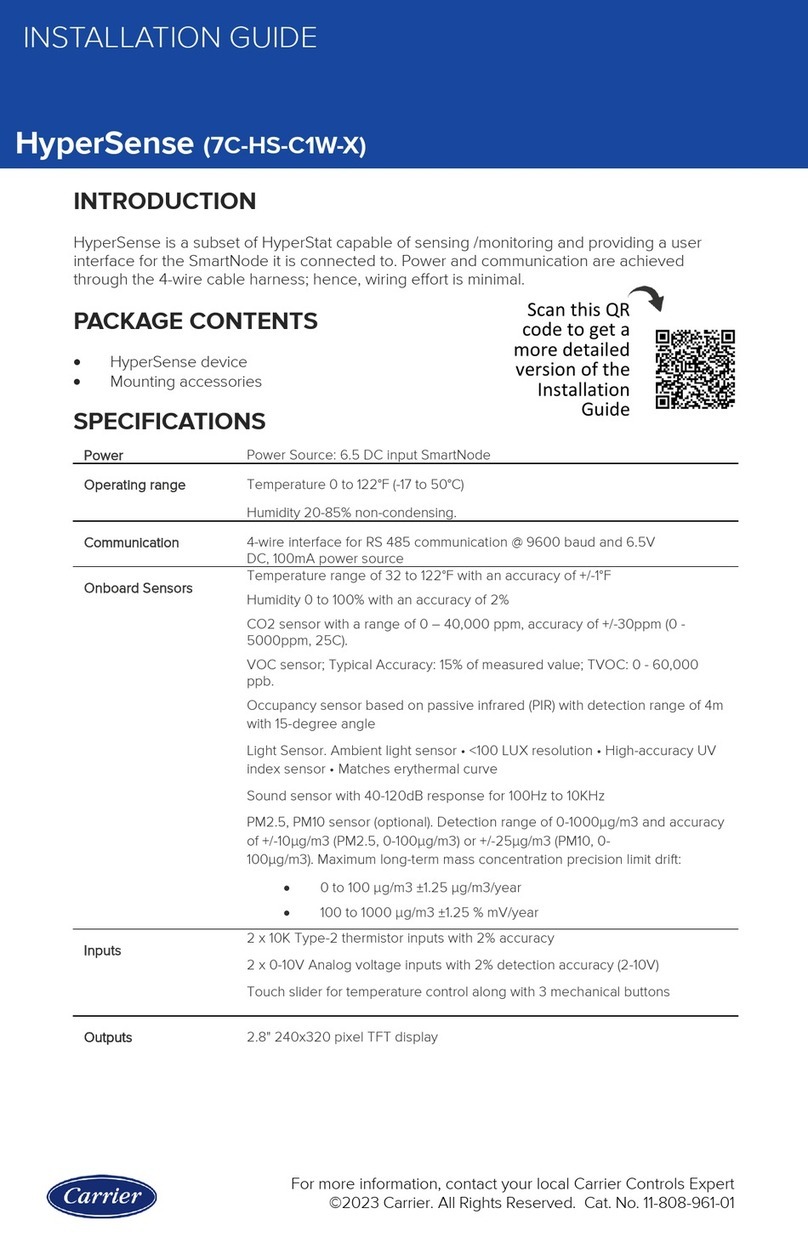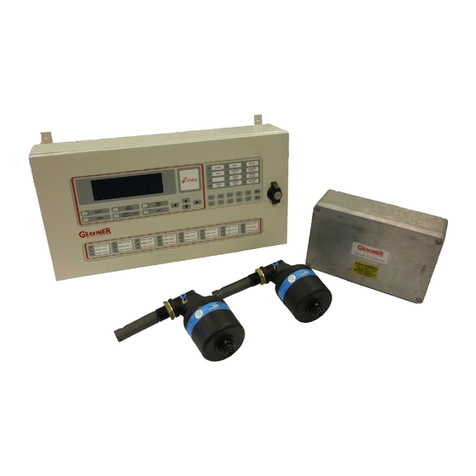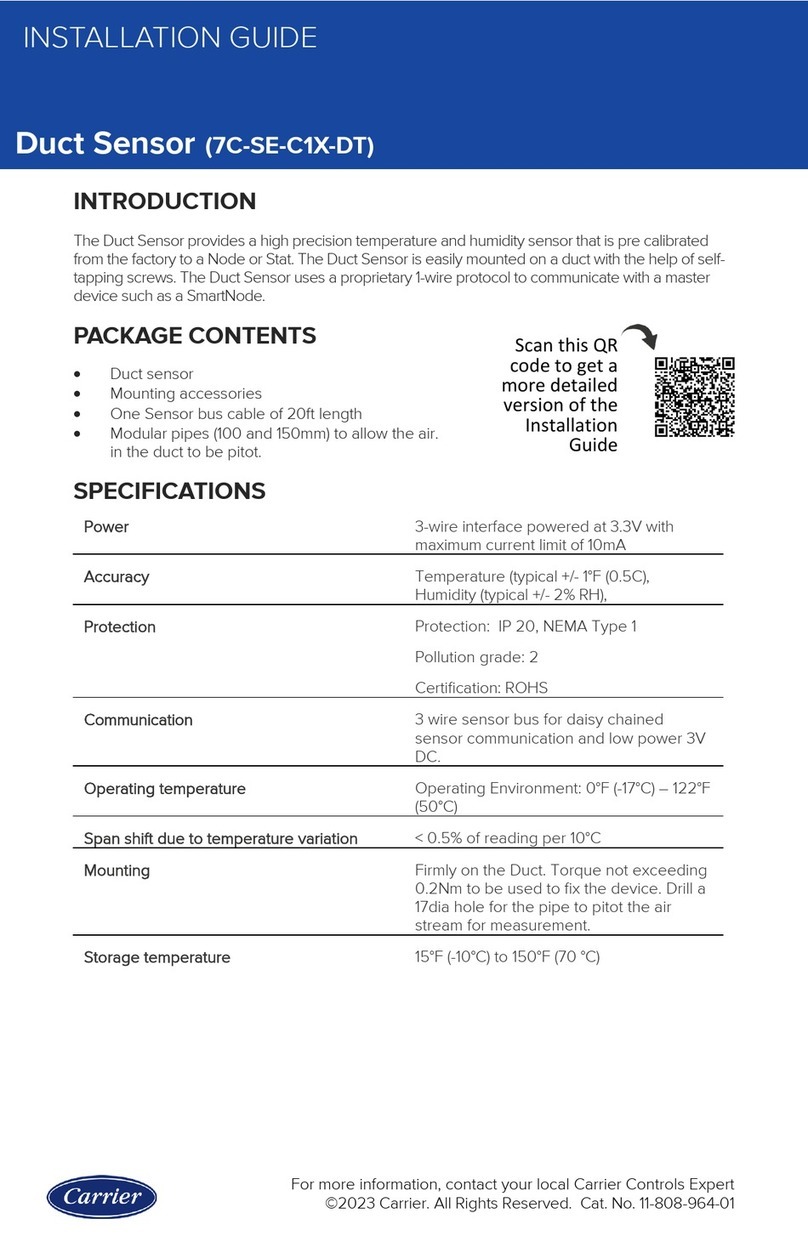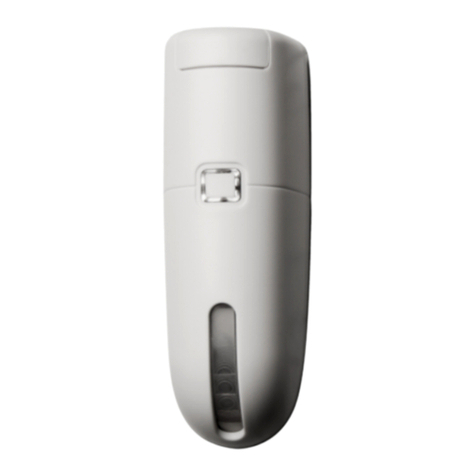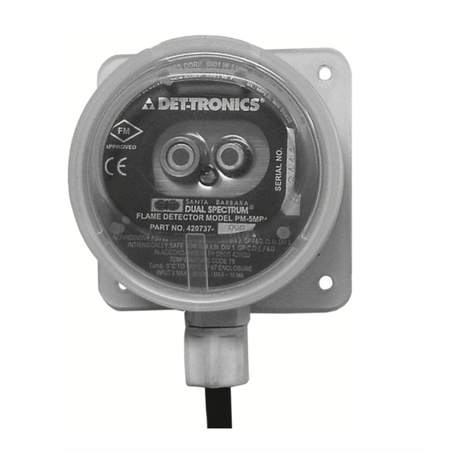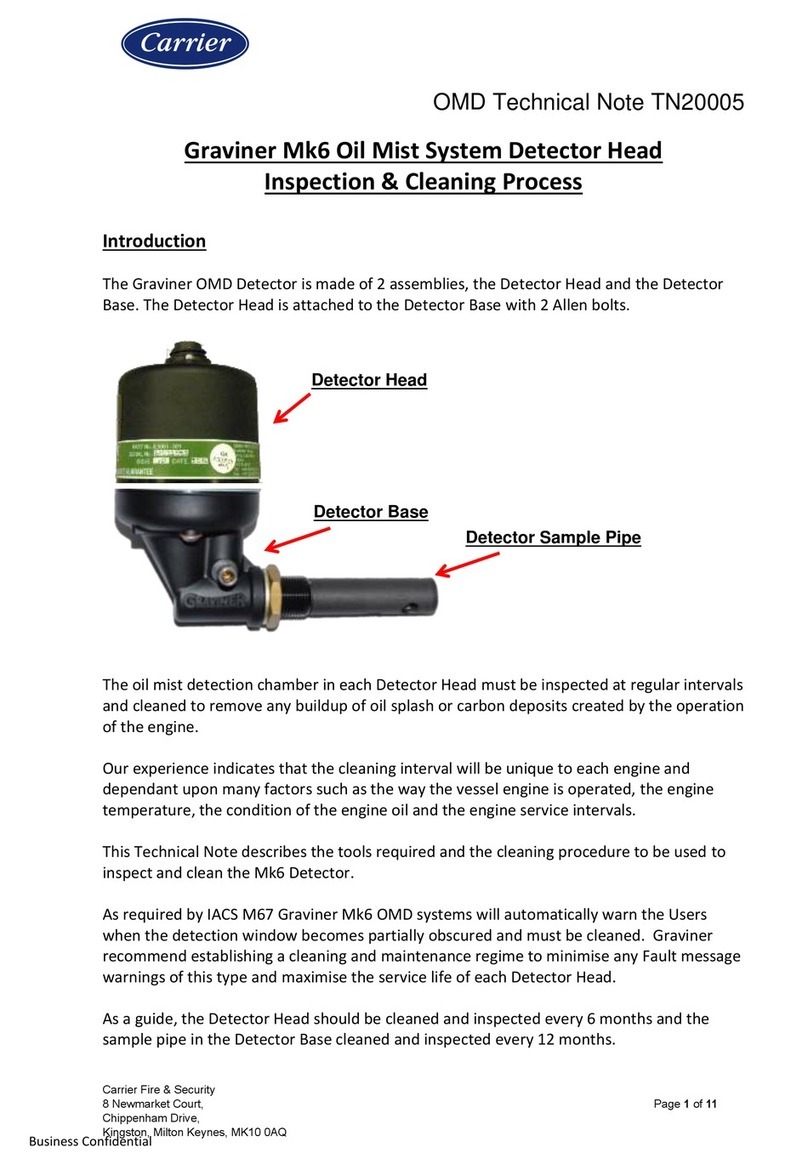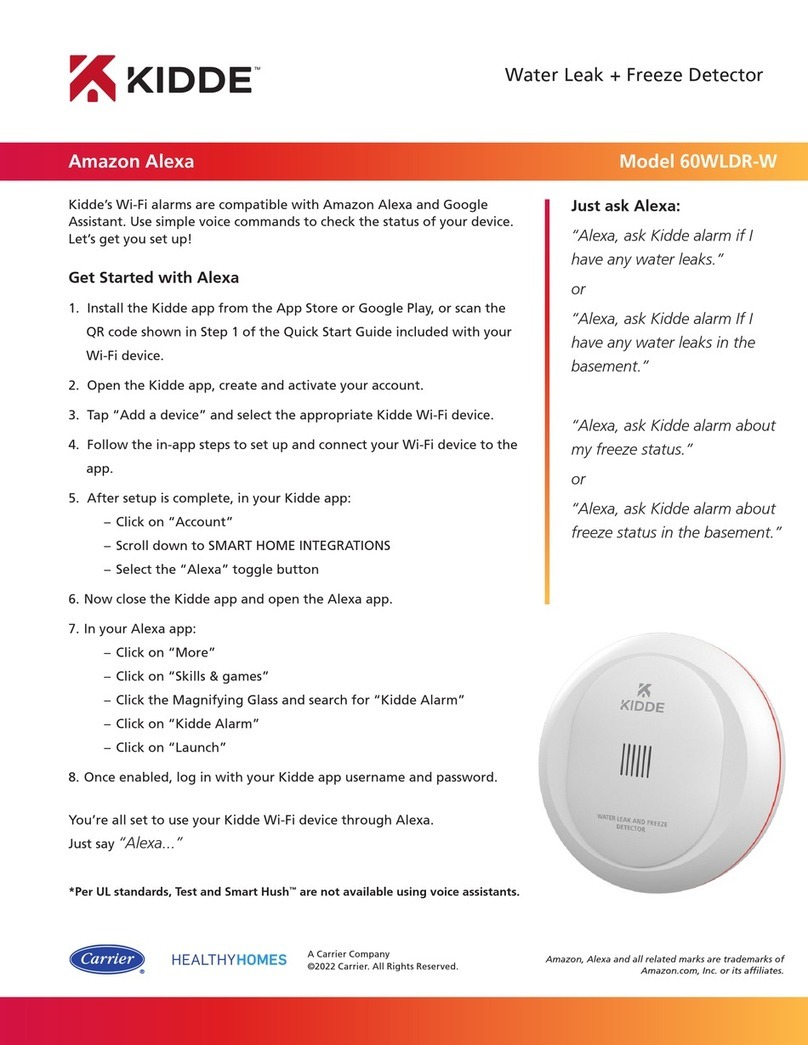OIL MIST DETECTOR WARRANTIES
1. Carrier Fire & Security UK Ltd (Carrier) warrants, for a period of 3 years from the handover of the
new vessel which is installed with Graviner Mk7 Oil Mist Detector (OMD) system to the system
owner, and for a period of 2 years from the commissioning(*) date of a retro fitted Mk7 Oil Mist
Detector (OMD) system, that any component forming part of the original OMD system manufactured
by or supplied by Carrier shall be free from defects in workmanship or materials during normal
Carrier will, at its sole discretion and its cost, either repair or replace such component. Installation
of the repaired / replacement parts is not covered under the OMD System Warranty. Components
replaced or repaired under theterms ofthe OMD System Warranty shall continue to havethe benefit
of the unexpired portion of the OMD System Warranty, unless that unexpired portion is less than 12
months,inwhichcasetherepaired/replacementpartsshallhavethebenefitofa12monthwarranty
against defects in workmanship or materials during normal usage starting on the date of delivery.
OMD s supplied as spares shall be warranted in accordance with paragraph 2 below only.
2. Carrier warrants for a period of 12 months from delivery that individual OMD s supplied as spares
shall be free from defects in workmanship or materials during normal usage.
3. Performance of Carrier
Carrier
4. The Warranties shall not apply to the following:
a. defects reasonably judged by Carrier as being caused by the improper installation of the OMD s
and/or OMD system;
b. defects reasonably judged by Carrier as being caused by the failure to follow the
recommendationscontainedinCarrier
the frequency of routine maintenance and testing of the OMD s and/or OMD system and/or the
failure to have such routine maintenance performed;
c. defects which are attributable to careless handling or storage, accident, improper use of the
OMD s and/or OMD system, or incorrectly completed repairs or routine maintenance services;
d. damages or losses occurring as a result of any act or omission which is wilfully unlawful or
negligent;
e. defects arising from the use of non-genuine Carrier parts or accessories, or the use of
materials not approved for use by Carrier;
f. any modifications to or installations performed on the OMD s and/or OMD system outside the
scope of normal routine maintenance or running repairs without the express prior written
approval of Carrier;
g. deterioration, staining or corrosion of parts which will occur due to normal exposure and usage;
h. alleged defects not materially affecting the quality or proper functioning of the OMD system.
5. In addition, the Warranties shall be limited as follows:
a. CarriershallbeundernoliabilityinrespectofanydefectintheOMD sand/orOMDSystemarising
from any drawing, design or specification supplied by or at the request of the buyer or system
owner (not being a drawing, design or specification of Carrier);
b. Carrier shall be under no liability in respect of any defect or failure of the OMD s and/or OMD
System to operate in accordance with specifications, illustrations, descriptions or other
particulars due to their combination or use with any incompatible equipment or product.
